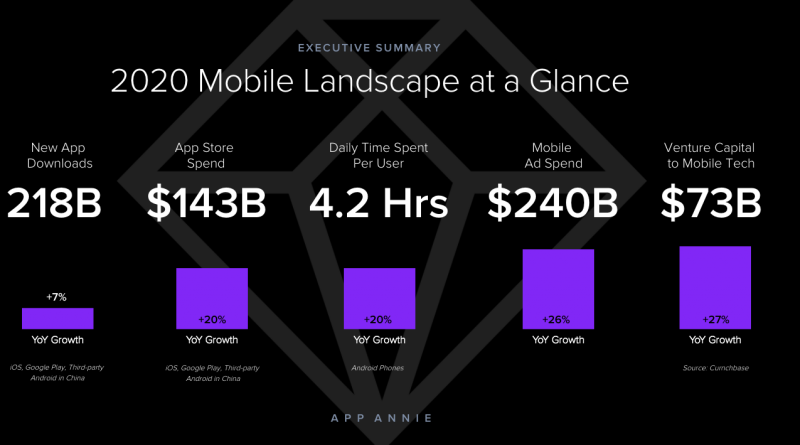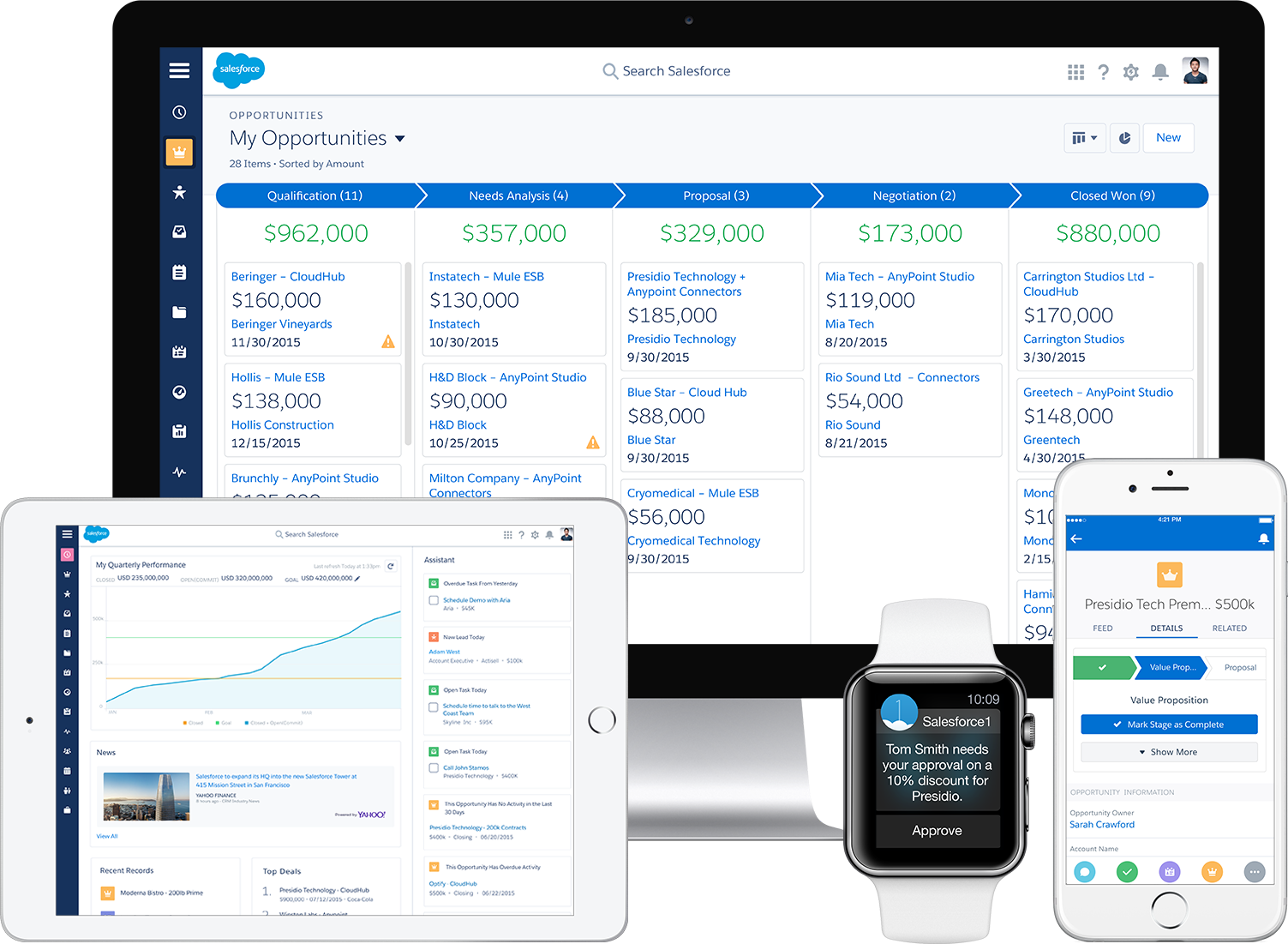
Top app development trends beyond 2021
We are possibly approaching the post-pandemic phase of our lives, but what does that mean for app development?
These trends will set the scene for 2021 and beyond.
The pandemic brought many changes to our lives. Some businesses faced stark choices on whether to remain open. Others fared slightly better and continued serving their customers. A few exceptions grew exponentially.
Across the board, one thing was clear: companies had to adapt. One priority stood above all others-the need to rethink the customer experience. To do so, companies have turned to responsive and native app development. And however painful these changes were at first, some of them ended up sticking around–and becoming a new reality.
Mobile adoption boomed in 2020, having advanced almost three years in 12 months. In that period, the three most popular app stores (iOS, Google Play and Third-Party Android in China) registered 218 billion new app downloads. Some areas saw exceptional growth. Finance apps downloads, for example, increased by 15% while health & fitness apps grew 30%. The time spent in business apps is even more striking: a growth of over 200% compared to the first trimester of 2020.

REPORT – The State of Mobile 2021 by appannie.com
The world’s appetite for smartphones is ever growing. For shopping, banking, entertainment, or to work. And although the pandemic seems to have an end in sight, some habits, consolidated for more than a year now, will persevere. So, it won’t come as a shocker to hear the future is mobile. And if the future really is mobile, what does it mean for app development?
App development macro trends on the rise in 2021
These are some of the main app development trends that IT leaders and users alike point out as top priority for 2021 and beyond.
Low-code development
Companies are rediscovering low-code, a software development approach that enables the delivery of applications faster and with minimal hand-coding.Low-code platforms are a collection of tools that enable the visual development of applications through a graphical interface. They let developers skip hand-coding, speeding up app production.App development with low-code has really taken off over the last few years. Even giants like Google, who just recently acquired a no-code application building platform, seem certain that low code and no code apps are here to stay. The tech giant is not alone. Gartner now predicts that low code will represent 65% of all app development by 2024.
Salesforce apps
Salesforce offers a wide range of tools to help businesses partake in custom app development, fully compatible with its excellent CMR. These solutions include Salesforce Lightning, Force.com, Salesforce App Cloud, or Salesforce Mobile Publisher, which enables developers to publish apps for the Apple and Google app stores.

Salesforce tags all these app development platforms as either low code or no code, since they allow users to create apps without having to write a single line of code. And let’s not forget Salesforce Einstein, Salesforce’s very own artificial intelligence software that puts the AI cloud within reach of developers.
Wearable app development
The wearables trend keeps growing: according to Gartner, consumers spent $69 billion in wearables in 2020, worldwide, and the forecast is $81.5 billion for 2021. The key drivers of the wearable’s popularity were, unsurprisingly, the COVID-19 pandemic since remote work and distance health monitoring became a necessity.
Now, the end of the pandemic seems nearer(-ish). However, wearables are not going anywhere. It’s not just about smartwatches and smart bracelets–although these still have much undiscovered potential. Estimates show that wearable app development will evolve into virtual reality headsets, augmented reality glasses, shoes and clothing, and even skin (epidermal) electronics.
M-commerce
Mobile phones and tablets accounted for 69% of all e-commerce sales back in 2019. With the rise of mobile (or should we say the jump?), opportunities multiply, and it is only natural that ecommerce turns to m-commerce.
M-commerce differs mobile-responsive e-commerce since apps are born mobile – us techies call these apps “native”. While difficult and expensive in the past, m-commerce developers, users and companies alike widely regard this as the way forward. And, oh, is the future exciting! Apart from one-click orders, another major trend in m-commerce is voice shopping, which is expected to reach $40 billion by 2022.
Staying up to date is the most important trend
App development is rapidly adapting to the post-COVID era, with a focus on boosting user experience and overcoming the obstacles the quarantine has highlighted. Staying up-to-date with the latest technology trends is the key to keeping up with ever-changing (and increasingly exigent) customer demands, as well as with competitors.
At Near Partner, we think the future is brilliant, as are all the changes and improvements it entails. Not sure how to follow through with the emerging trends for your business? Get expert help. Contact us and let us tell you how our dedicated Salesforce and OutSystems developer teams can help you.





